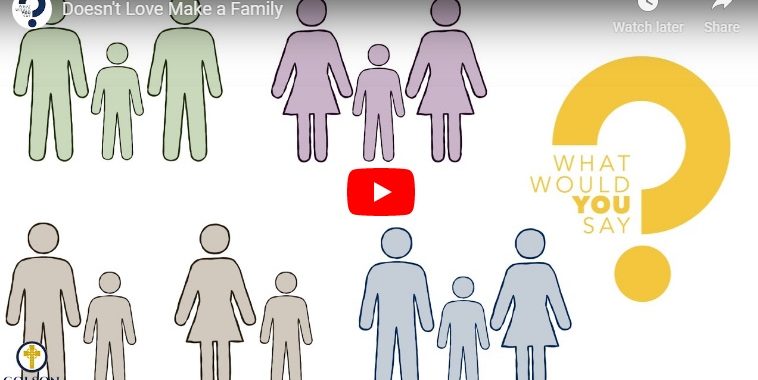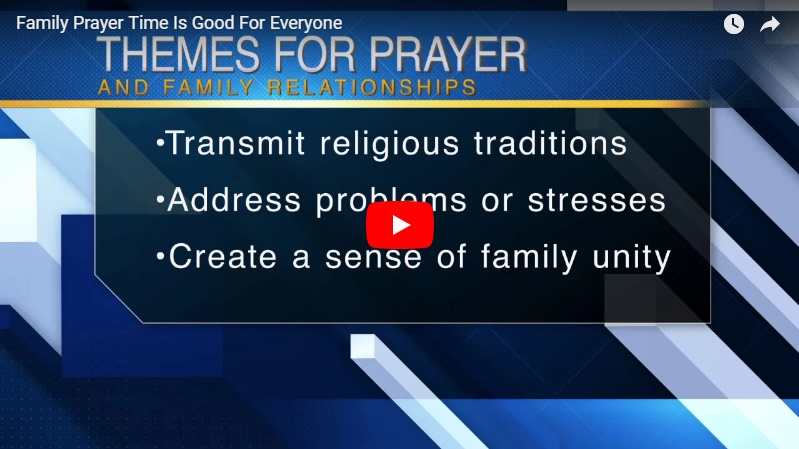What Would You Say When Someone Asks “Doesn’t Love Make a Family?”
What would you say if someone asked you, “Doesn’t love make a family?”
Our friends at the Colson Center for Christian Worldview are here to help.
Watch this video below to learn more.



